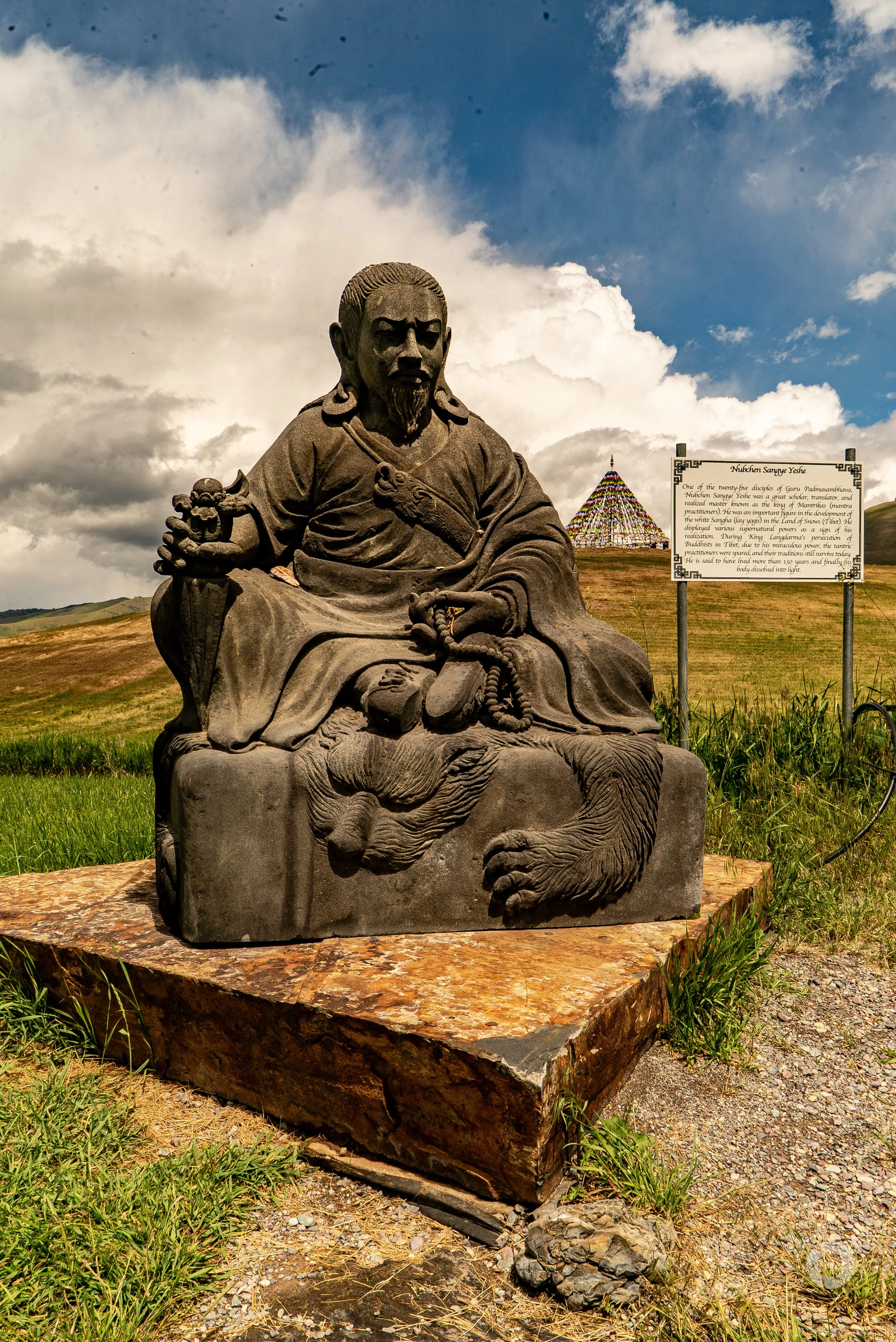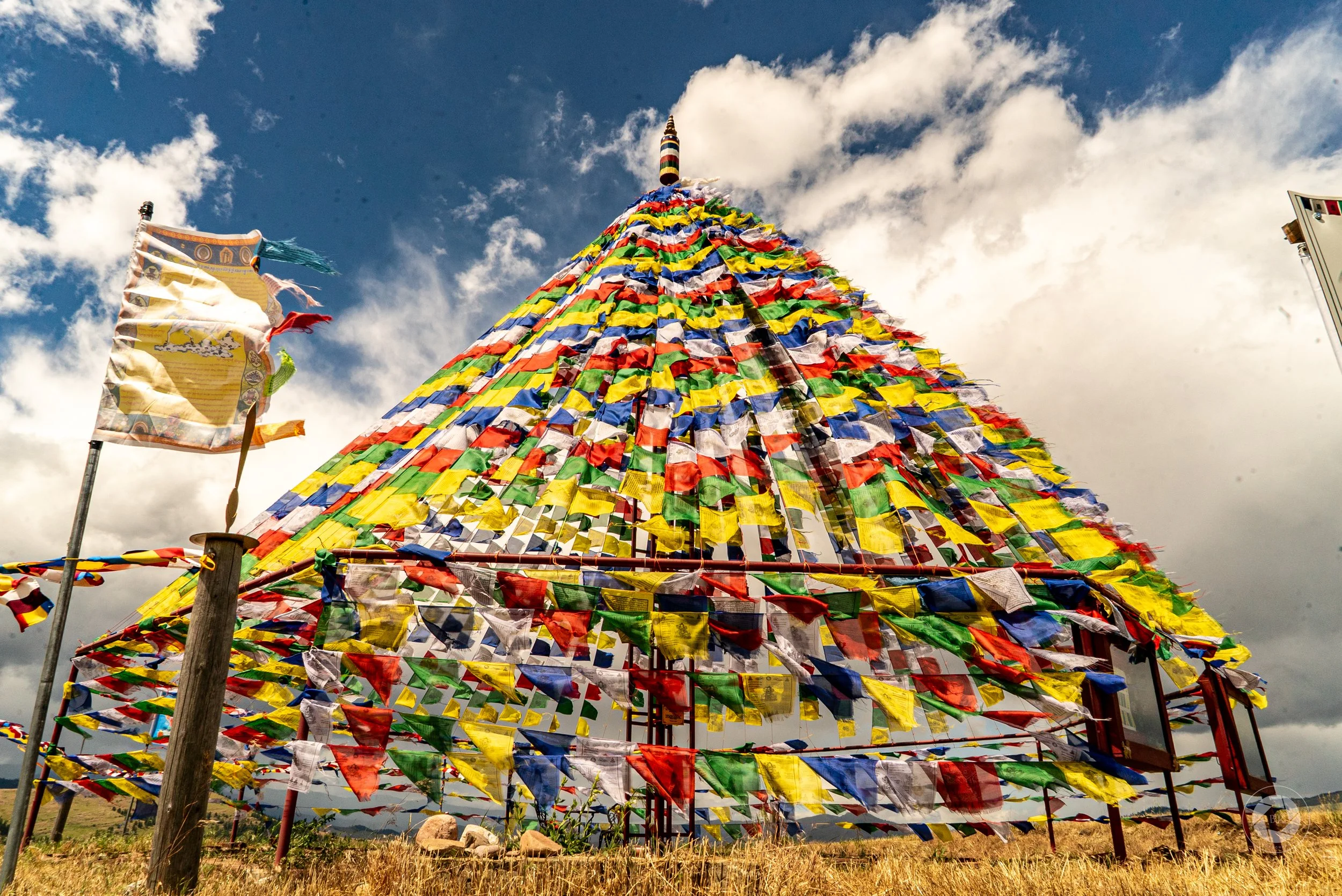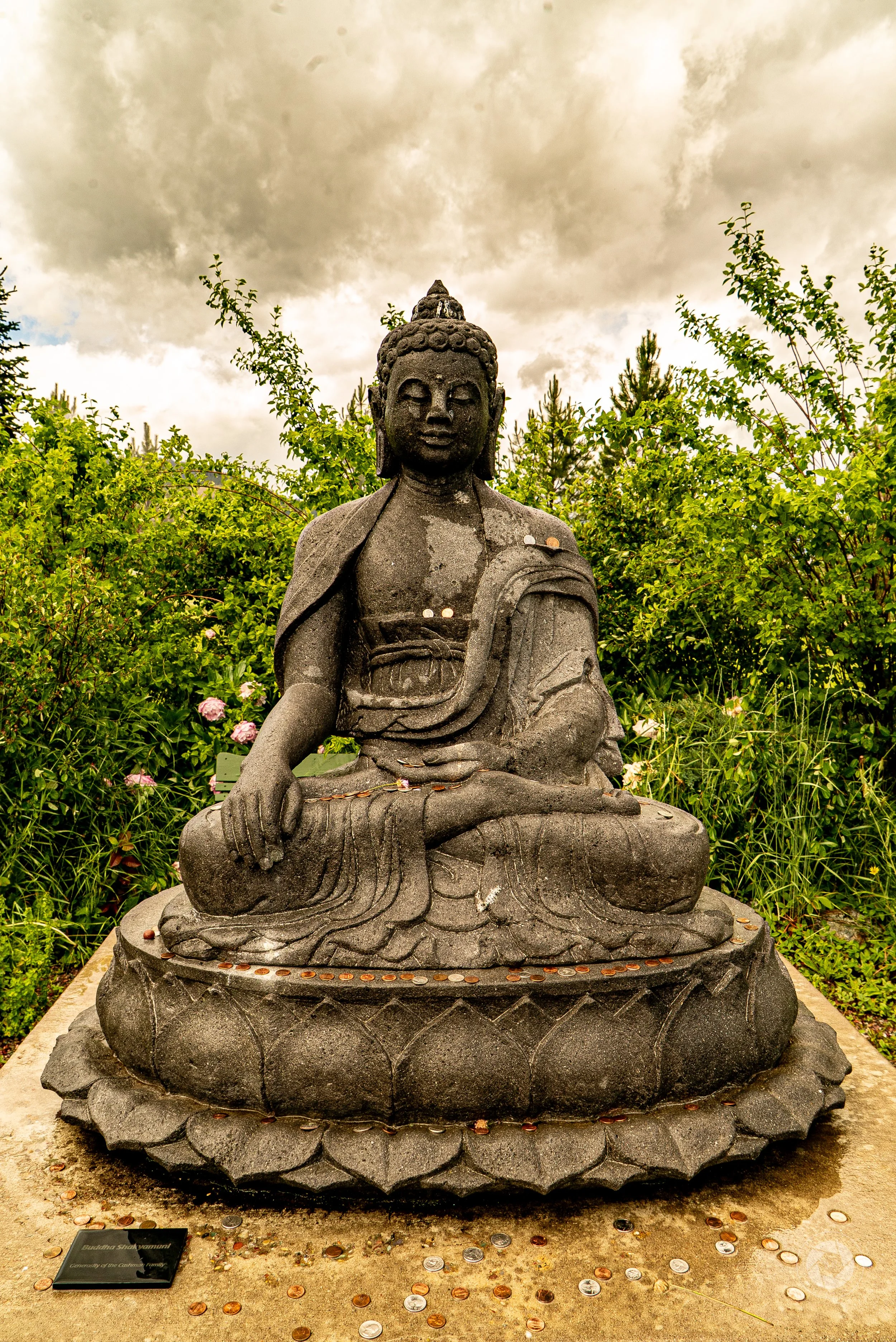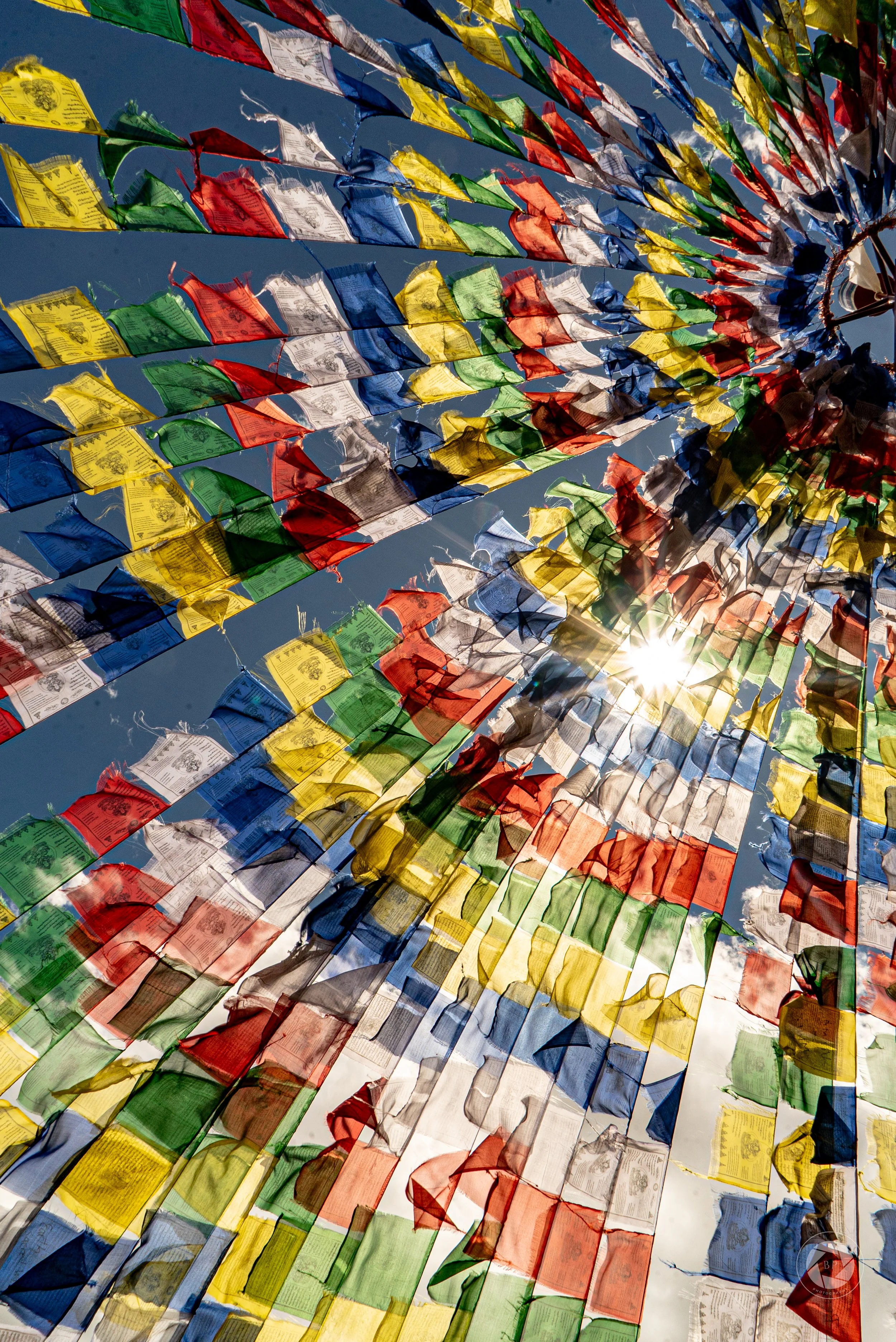The Garden of One Thousand Buddhas
The Garden of One Thousand Buddhas, Montana: A Photographic Journey
Nestled in Montana’s tranquil Jocko Valley just north of Arlee, the Garden of One Thousand Buddhas is more than an eye-catching stop—it’s a peaceful sanctuary steeped in rich history, spiritual purpose, and simple natural beauty. This serene Buddhist garden felt like a breath of fresh air on our road trip—and as a photographer, the light, symmetry, and landscapes here feel almost tailor-made for the lens.
Origins & Vision
The story begins with Gochen Tulku Sang-ngag Rinpoche, a Tibetan lama of the Nyingma tradition. As a child, he had a vivid vision of a sacred garden nestled in a mountain valley. That vision resurfaced in 2000 when, on a Dharma teaching trip, he recognized the Jocko Valley in western Montana as the exact landscape of his vision—and knew it was meant to become his peace garden Alamy+15Ewam International+15Waymarking+15.
A generous disciple donated a sixty-acre parcel, and construction began that same year under the auspices of Ewam International, a non-profit founded by the Rinpoche. His aim: to create an International Peace Center, rooted in Tibetan Buddhist symbolism and open to all Visit Montana+7Northwest Dharma+7Tricycle+7.
Design & Symbolism
At the heart of the garden lies a large circular mandala laid out as a Dharma Wheel—spokeless in design, with paths radiating outward. Eight pathways (representing the Noble Eightfold Path) meet at a dramatic central shrine: a soaring 24-foot statue of Yum Chenmo (Prajnaparamita)—the feminine embodiment of transcendent wisdom Northwest Dharma+12Wikipedia+12Ewam International+12.
Around this, 1,000 hand-cast Buddha statues—each about two feet tall—sit on the eight radial arms (125 per spoke), while an outer ring of 1,000 stupas, each with an image of Tara, forms a symbolic boundary Kiddle+5Ewam International+5Waymarking+5. The statue count was finished around 2015, completing this visual meditation on the prophecy of 1,000 Buddhas for this era fascinatewithzea.com+15Wikipedia+15Waymarking+15.
The layout resonates deeply: the Dharma Wheel, Buddha circles, and presence of Prajnaparamita reflect a spiritual journey—from awakening, through wisdom, to transformation.
Walking the Garden & Hilltop Prais Flag Room
Our experience began at dawn, walking slowly in a clockwise circling from the outer stupas inward—a physical and metaphorical Buddhist practice of circumambulation to generate merit and awareness Ewam International+1Waymarking+1Flathead Beacon+1Wikipedia+1.
Each Buddha statue is accompanied by a small plaque—poetic names like Lotus Rays or Resounding Sound—adding layers to each frame you photograph. The open, grassy paths allow wide-angle compositions, especially with the Mission Mountains or Jocko Hills as backdrops.
Ascending to the Prayer Flag Tent above, you find freshness in the wind and a fluttering array of blessings—an emotionally stirring visual moment, as noted by other visitors Ewam International+8Tricycle+8Waymarking+8Flathead Beacon+2Tripadvisor+2Tripadvisor+2.
Photographic Highlights
Symmetrical Rows of white Buddha figures against grassy hills, perfect for centered compositions.
Golden Hour Light dancing across delicate lavender and native wildflowers framing the paths.
Prayer Flags in Motion—a kaleidoscope of color and texture against Montana skies.
Center Shrine—close-up shots of Yum Chenmo reveal intricate detailing and radiant presence.
Culture & Collaboration
There’s a special harmony here: the garden stands on Confederated Salish and Kootenai Tribe land, and tribal leaders actively participated in blessing the site—with sage, drumming, and ceremonial launchings—highlighting shared respect for sacred space Ewam International+1Wikipedia+1Visit Montana+9Tricycle+9Sktcorp+9.
Rinpoche’s presence in the community is ongoing—he even lives nearby, and Ewam holds annual Peace and Tibetan Cultural festivals on these grounds. It’s an open, interfaith celebration of harmony, connection, and peace Tricycle+3Ewam International+3Kiddle+3.
Keeping the Garden Open
The Garden of One Thousand Buddhas remains free and open year-round thanks to several support pillars:
Ewam International coordinates teachings, ceremonies, and a retreat center on-site 969 Zoo FM+15Ewam International+15Tripadvisor+15.
Volunteers contribute daily maintenance—gardening, statue upkeep, and flag installations—a merit-based practice per Rinpoche’s guidance NBC Montana+11Ewam International+11Visit Montana+11.
Donations & Events, including festivals, guidebook sales, flag sponsorships, and fellowship gatherings, sustain ongoing growth and care .
In Summary
Visiting the Garden of One Thousand Buddhas felt like stepping into a living mandala. The quiet of the valley, the radiant white statues, the golden central shrine, the swirling prayer flags—they all wove together to etch a sense of calm and spiritual resonance.
For photographers, the diversity of light, geometry, and color makes it endlessly satisfying to frame—from sweeping landscapes to intimate textures.
This is more than a roadside stop—it’s a pilgrimage through art, faith, and community—perfect for your photo blog. Sharing its story gives visitors context, enriching their appreciation for its beauty and depth.
Credits & Acknowledgments
Major sources and guide companion: Ewam International visitor guide and official site , the Tricycle feature on cross-cultural partnerships Tricycle+1Sktcorp+1, Atlas Obscura’s design overview , Flathead Beacon’s visit tips Visit Montana+5Flathead Beacon+5Tricycle+5, and community-sourced detail from Instagram and local media.

















